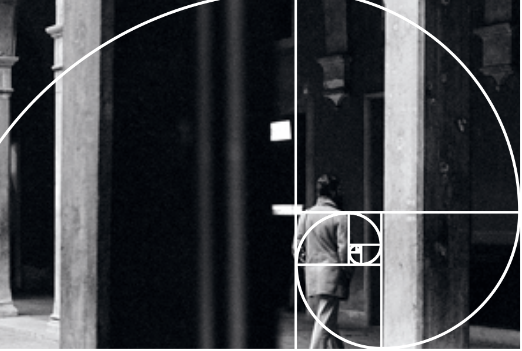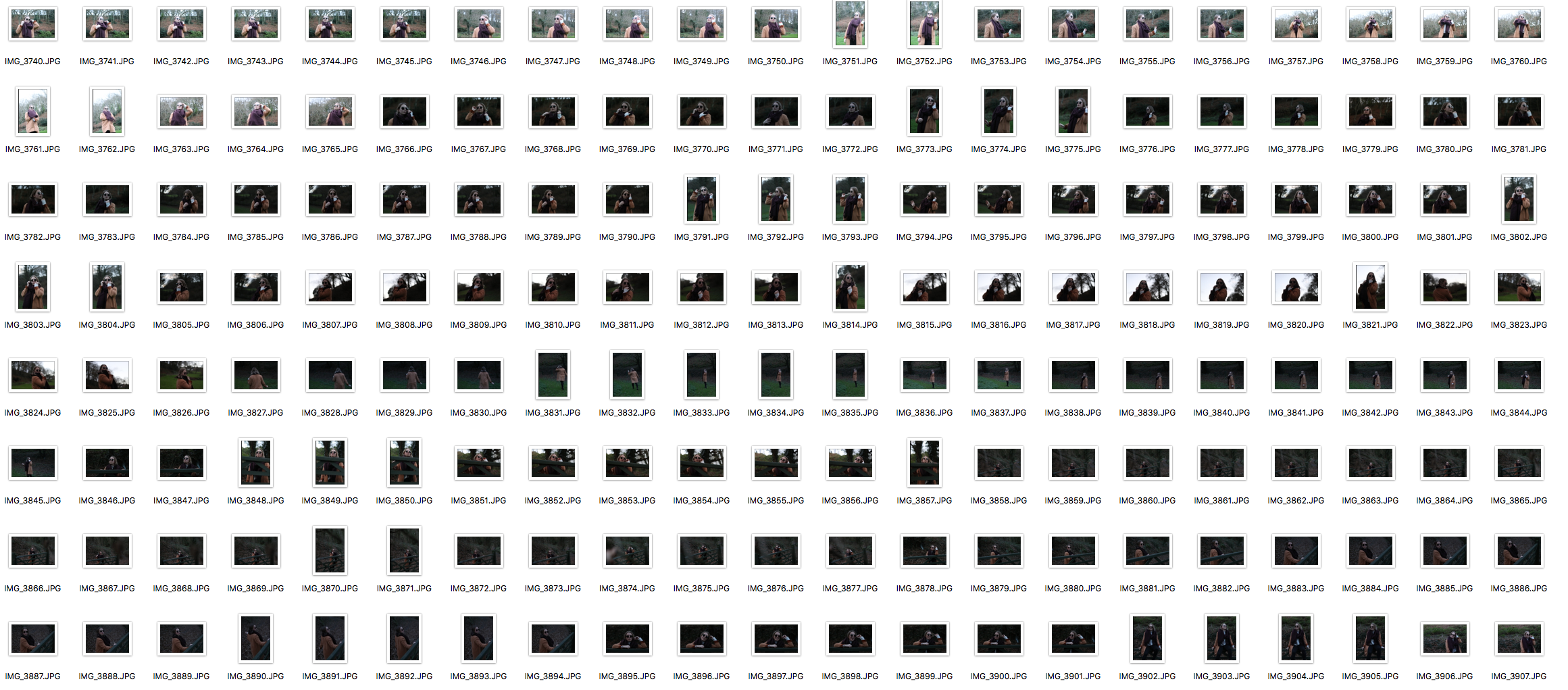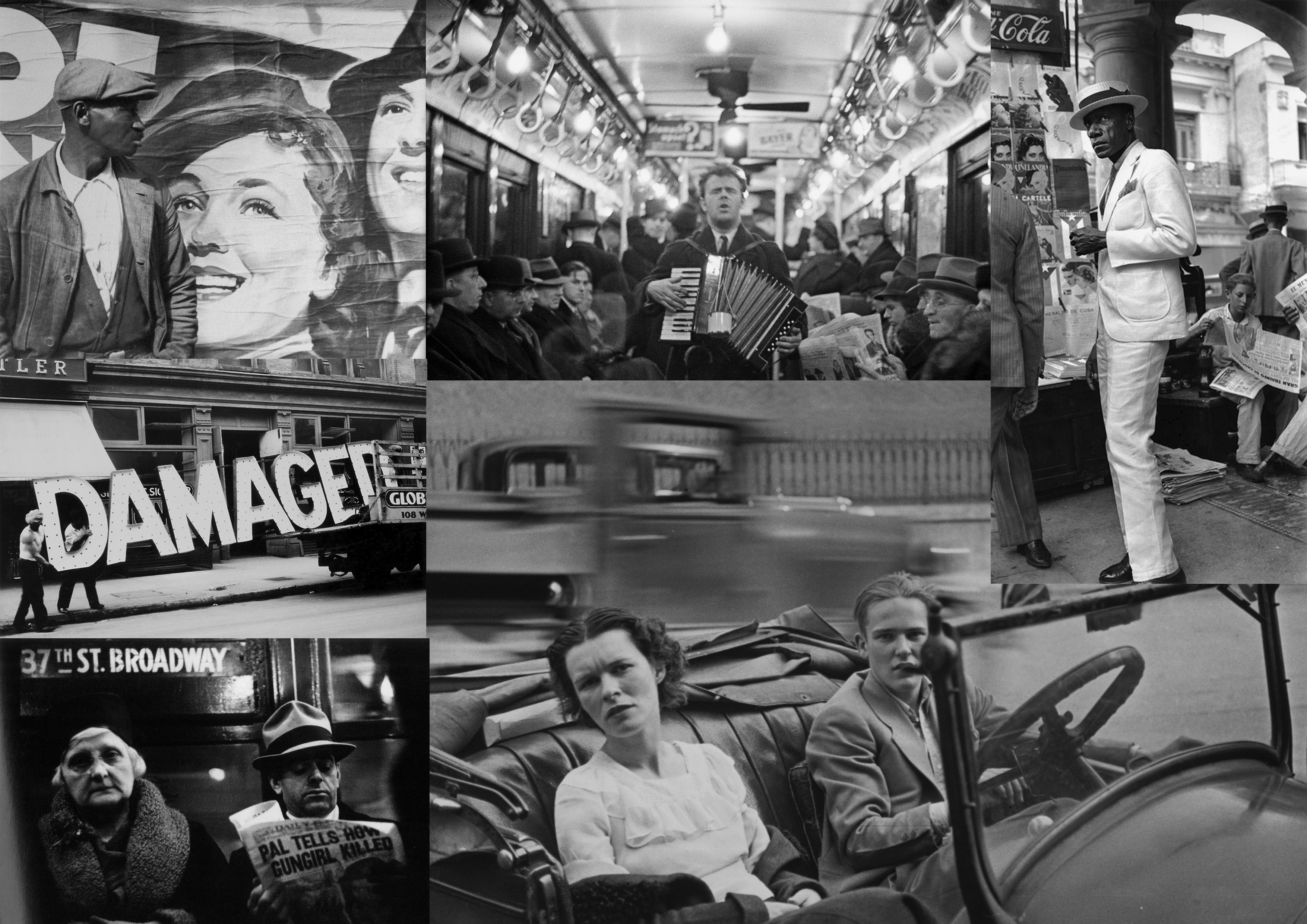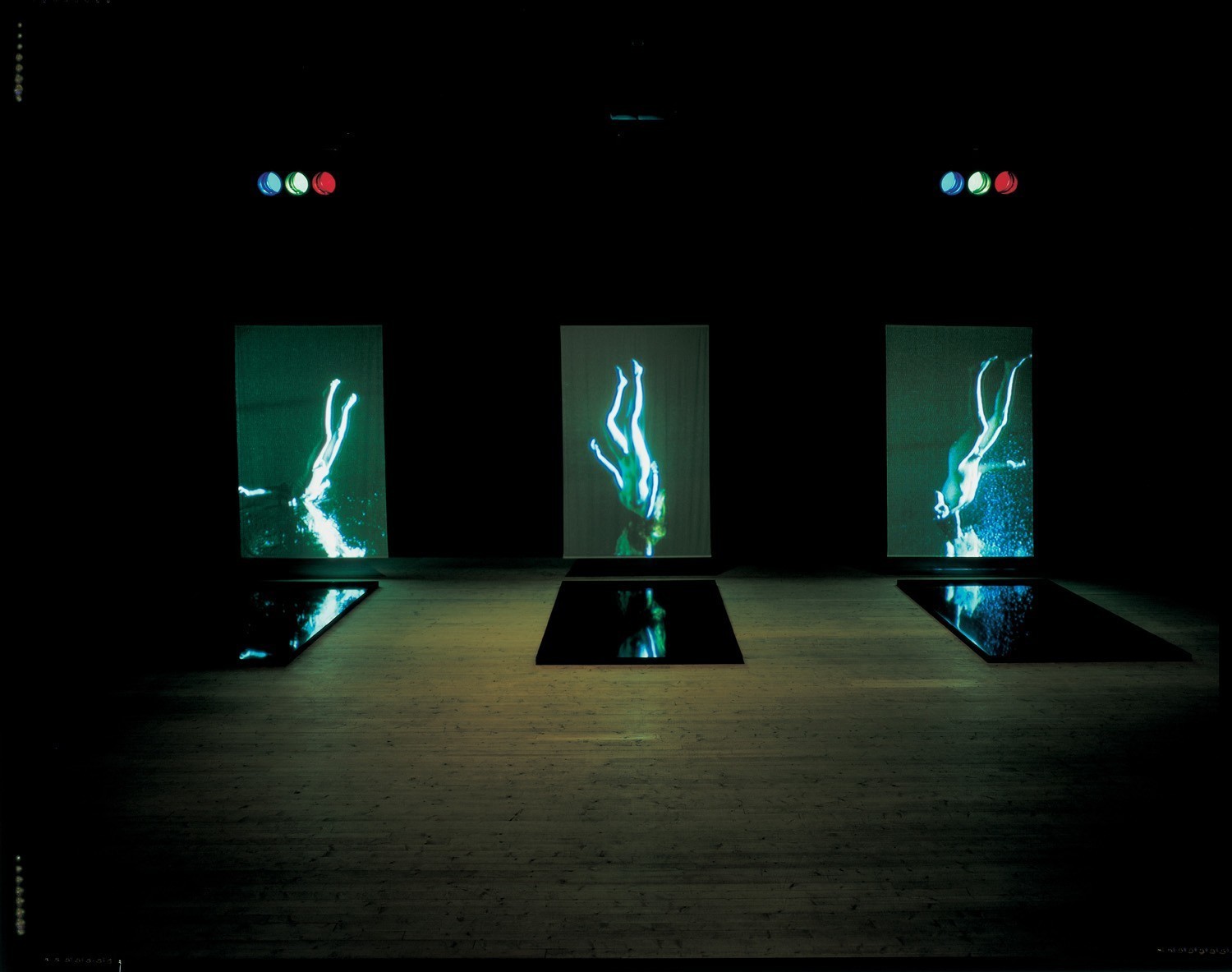How does the work of Sophie Calle and Henrik Malmström, stand out and breach the conventional approach of documentary photography?
Sophie Calle and Henrik Malmström have created very different and conceptual pieces of work; though, what they do share is the controversy, confidence and unique approaches to their work. In this essay I plan to explore, contrast and compare their particular approaches to different subjects, their techniques, concepts, choices and photography as a whole. The essay question I have constructed and asked at the start will involve exploring the conventional rules of documentary photography – looking closely at how the chosen artists break/challenge these rules, concepts and guidelines. I will also analyse how this has successfully captured and maintained the audience’s attention; especially since all of the photographs produced by these two artists were able to evoke some sort of feeling and response. Whether it was a positive or negative response is another discussion. My final images are heavily influenced by the work of these artists. I have taken inspiration and mimicked the style and approaches of these photographers in the early stages of my project; though, as the project progressed I branched away from copying and mimicking their work and developed a much more personal style that I feel more confident in.
The basis of this investigation lies in the understanding of Documentary and also parts of Street Photography; how the chosen artists challenge the traditional concepts and ideas surrounding these two genres of photography. Both styles have emerged from Photorealism (commonly known as Straight photography) ; a movement started in the late 1960’s/ early 1970’s.
IMAGE
When the first image was created using a Daguerreotype, in 1839 by Louis-Jacques-Mande Daguerre, (a scientist who wanted to find a way to document scientific observations in a precise and quick way,) photographs became a reliable medium that, hypothetically, could tell no lies. Artists quickly adapted this medium and began creating dreamlike images; ones that very often resembled paintings. The pattern between these images was that they were all blurred, scratched and further manipulated as a rebellion against the clean, scientific and industrial exploitation of photographs. This rebellion, became a movement that is now known as Pictorialism.
Photorealism, was the rejection of the principles and ideals of Pictorialism. Artists rebelled against the perfect, surreal and whimsical photography by creating very plain, narrative-driven and documentary images. The leading artists that influenced the photorealism movements were Richard Estes and Chuck Close, both famous painters who, at the time, believed that realism was the future of all art. Though, both artists came around much later, still managing to leave a impact. . Richard Estes painted hyper-realistic city streets and geometric landscapes. Chuck Close focused on highly realistic, large-scale portraits. Together, their combined, distinct styles provided a foundation for what was considered ‘tradition realism’. Essentially realism responded to the “ever-changing political and social upheaval by challenging the previous art movements through focusing on simple representation of everyday people and nature, as opposed to the fanciful, high-class traditional art forms”(Sousa 2018). Photorealism stemmed from this, the photographed subjects being the “average, working-class people, contemporary settings, and day-to-day scenes”(Link). Documentary Photography emerged from Photorealism and it now covers a very vast spectrum of images. Photographs that fall under the Documentary genre “capture the world or everyday life, as it exists, without stage managing or directing or editing the scene” (Gregg 2018), they tend to be unstaged; the exact opposite of Tableaux photography. Both Sophie Calle and Henrik Malmström are documentary photographers in that sense, their work is very thorough yet has aspects that feel very spontaneous – which is a common trait in this genre since, most of the time, the subject is unpredictable.
Sophie Calle was born on the 9th of October 1953 in France, Her father, Robert Calle, was a renowned art collector and director of Nimes’ Carré d’Art, a contemporary art museum. Her mother, Monique Findler, was a press attaché and book critic. Her mother also had a huge influence on her life and artistic choices, this can be seen “in the installation Rachel, Monique, (2014) which was a tribute to the life and loves of her mother, featuring a video of the final moments of her life”(Sommer 2019). Though, Calle had an evidently strong bond with both of her parents, this is rather visible in her exhibition My Mother, My Cat, My Father, In that order (2017) – which “follows upon the deaths of Calle’s loved ones, examining loss and absence from the artist’s characteristically unsentimental perspective” (Herman 2017). Calle’s parents had a very direct impact on her perception of the world and this is also very obvious in her photography, especially since she had never attended art school “and often brushes off the label of artist, describing many of her projects as a ‘private game'”(Collection Online 2008).
The image above is from Sophie Calle’s Suite Venitienne. The image is of a man in a suit, walking in between old-looking columns and arches. He is turned away from the camera so we cannot see his face and the image seems to be taken from a ‘hiding spot’; with the man most likely unaware that he is being photographed. The photo can be described as rather sinister, mysterious and invasive. The genre of this image is most likely documentary, with a possible hint of street photography. It is a naturalistic image, imitating real events instead of a staged ones. The photograph is taken outside but from the shadows, looking out – therefore the lighting is predominately natural. Due to its black and white nature, white balance and the actual colours/tones remain a mystery to the audience. Though, using an online tool, it is possible to colorize and convert the image to its original colours. The original, warm colours hint at a cloudy/shade white balance and a little bit of over-exposure. In reference Ansel Adams’ tonal range, this image is very successful, it captures the blackest black and explores different tones up to the whitest white. Calle would have used a standard 50mm lens to be able to capture the man in full focus from her distance and blur her foreground completely. Though, she mentions in her book, Suite Venitienne, that she owns a Squintar – which is a specific lens that allows the photographer to take a picture of the subject without directly pointing the camera at them. In addition, because of the advantage of natural lighting and sharpness of the lines, it’s likely that Calle used very short shutter speed to capture the image. The image has a certain degree of grain to it but that is most likely from the camera and scanning processes rather than the photograph itself, hence the ISO value used would be low. Visually, the image is peaceful in terms of composition – containing very linear shapes in the columns, windows and street. 
The image follows the golden ratio – drawing our eyes to the subject. The gold ratio generally allows compositions to appear more natural and pleasing to the eye; many studies show that our brain will subconsciously pick images that follow the golden ratio over ones that do not. I know that this image was taken in Venice, the subject is Henri. B, and this image is one out of many Calle has taken following him around. To a viewer who has read the book, the image may feel creepy, disturbing and intrusive as Sophie Calle has taken countless photographs like this one, ones that impose on the day-to-day life of Henri.B. To the larger, unaware audience this image may seem like a perfect, heat of the moment shot. Though still sinister and perhaps a little intrusive, the unaware audience would write this image off as a one-off image – not expecting the same subject to keep appearing. The images for Suite Venitienne were taken during 1980, this particular one has the date of February the 19th.
I will focus on a particular project by Sophie Calle in this essay, that being Suite Venitienne, arguably one of her best and most famous projects. To briefly outline Suite Venitienne (1983) is rather difficult, it’s much more than just documented stalking; it takes the audience on a journey, it has a strong narrative that is immensely capturing and allows Calle to expose her own vulnerabilities in a morbidly yet poetic way. The photobook and narrative take place in Paris, “for months I followed strangers on the street for the pleasure of following them, not because they particularly interested me,” (Calle 1983:5) says Calle in the opening pages of the book. She follows a certain man but loses sight of him in a crowd of people, coincidently she gets introduced to him later that night; the man is referred to as Henri.B. The story could have ended there, yet he mentions he has a flight to Venice the next day. Calle follows him. The photobook becomes a diary, Calle records her feelings, findings and fears, the audience becomes the intruder. She spends days searching for him in Venice, calling in to hotels and asking them about him – this continues fruitlessly for a couple days. The audience becomes impatient along with Calle, the photographs at this point are just observations – some of the subjects include a passing flower boy, alleyways, her room and other strangers. The images are in black and white, taken skillfully and convey emotions of resignment. Once Calle finally finds the man the images change, the photographs are still strictly documentary, but Calle takes them from the shadows, following the subject around in a disguise. They feel much more intrusive and invasive as Calle crosses the line into obsessive stalking. Calle uses a Squintar which is a specific lens that allows the photographer to take a picture of the subject without directly pointing the camera at them, this allows her to take images of Henri.B much closer as well as unsettling the audience with how far she is prepared to go. The book ends in a very anticlimactic way, Henri.B. approaches Calle while she is in her disguise and says that “your eyes, I recognised your; that’s what you should have hidden”(Calle 1983:36). The audience feels distraught and disappointed at this outcome, everything leading up to this moment feels very intense and yet the final confrontation doesn’t live up to the expectation. Personally, I think it is the best ending to that story; It didn’t give Calle the satisfaction and thrill she expected, causing her to resign and give up on following him; snapping one last image as he walks away and they both go separate ways.
Henrik Malmström was born in 1983, Helsinki, Finland. Though little can be found online about his personal life and upbringing, a lot of that is explored in his works. in 1999, Malmström’s sister was diagnosed with Cancer, she fought for years and what we discover in On Borrowed Time is her final fight, when she went back to hospital for the last few months. In the foreword of the book, there is a quote from Jörn Donner that reads, “most of us are not afraid of death, but we are afraid of the painful period that can accompany each of us on the way to the passing away” (Malmström 2010:2), Henrik Malmström manages to explore and capture that period; documenting and observing every passing moment by his sister’s side. Also in black and white, the pictures portray feelings of immense sadness and hopelessness, though as the photobook progresses, acceptance becomes a much more dominant theme. The images were photographed during 2007-2008 but the book was self-published in 2010. It is the first project that appears on his website, most likely being his first major and recognised piece of work.
- (?)mention his previous surveillance work – ode to surveillance
The work of Henrik Malmström that I’m going to focus on is called A Minor Wrongdoing (Photographed: 2011-14 but published 2015), the concept for this photo book revolves around voyeurism; “particularly in film and cultural studies, [voyeurism] has attracted much debate, often invoking psychoanalytical theories. However, it can be straightforwardly defined as the pleasurable, illicit observation of someone else’s acts, not necessarily sexual”(Lenman 2005:656). In that sense, most photography that depicts humans and allow them to become the main subject is voyeurism and we, the audience, become voyeurs for that brief moment. The book is set in St. Georg, Hamburg, an area of great gentrification which is forcefully placing more and more people in poverty as they struggle to maintain a stable job/house/income. Malmström is fully aware of this as he sets up his cheap digital camera and photographs a street corner by his house. The camera renders blurry images of female sex workers “standing, walking and occasionally being approached by punters”(Grieve 2019), the images are immensely grainy and obscure as they mimic surveillance cameras and create this intense feeling of close observation. They’re unsettling, the audience feels like an intruder once again – despite their opinions of the subject and the validity of their job. Under the new law in St. Georg that was passed in 2012, any form of prostitution is forbidden and is heavily fined, this creates a bigger sense of wrongdoing in the images as what is being depicted is strictly illegal. The book contains 288 pages, each illustrating an image of a different person – showing just how many people had no choice but to turn to this line of work. Each image has heavy grain as the ISO of the camera is set to the highest possible, pushing its ability to capture images in the dark with only the street light to provide some illumination to the characters. The images are all close ups; cropped in a way that shows the subject but tends to obscure their face and features ; this is something Sophie Calle used Suite Venitienne, we never see the true identity of Henri.B. but we see his body and build all throughout. This purposeful avoidance of revealing the identity of the subject could be simply in respect to their privacy or it could be to build suspense in the audience as the subject could be anyone. Malmström’s photographs are undoubtedly documentary; they are recordings of his observation.
Both Sophie Calle and Henrik Malmström have worked on very abstract and original concepts, both of them have also worked under the genre of documentary; observing their subjects, their movements, intentions and environment very closely. Conventional documentary photography tends to be very spontaneous, capturing a certain moment in time once – not usually returning to that exact place or subject. Calle and Malmström breach this practice, Calle follows and photographs a very particular subject repeatedly, the surrounding and environment changes though the person being photographed does not. Malmström on the other hand, does the opposite, he photographs a particular environment and spot as the people he photographs constantly change. This practise contributes to the appeal and consistency in both of their projects; I will try to maintain this in my work too. Both artists are voyeurs, they take pleasure in observing, recording and following others, though I’m certain it can be argued that one photographer takes it slightly further than just plain surveillance for the sake of interest. Nonetheless, Suite Venitienne and A Minor Wrongdoing are unique and individualistic works of art that explore the human psychic and the need to constantly watch and observe others. Most documentary photographs follow vague guidelines. Images are to be as close to reality as possible- meaning the scene is not to be tampered with and definitely not staged- Calle and Malmström follow this very carefully, depicting reality in a very factual way; this contributed immensely to the success of their work, the reality and genuine narrative make their projects appealing to the larger audience. Images under the documentary genre tend to give a lot of context and the story in the image itself, I strongly doubt that anyone without previous knowledge of Calle’s and Malmström’s work could understand what is happening in each image. The text that accompanies the photographs in Suite Venitienne gives a lot of context to each image and, in my opinion, makes it much more fascinating and captivating.
-Calle. S (originally published 1983, this edition 2015) Suite Venitienne. Los Angeles: Siglio
-Gregg. R (2018)The Beginner’s Guide to Documentary Photography. https://www.creativelive.com/blog/documentary-photography/
-Grieve. M (2019) Henrik Malmström A Minor Wrong Doing Kominek Books. http://www.1000wordsmag.com/henrik-malmstrom/
-Herman. R (2017) SOPHIE CALLE: MY MOTHER, MY CAT, MY FATHER, IN THAT ORDER. https://fraenkelgallery.com/exhibitions/my-mother-my-cat
-Lenman. R (October 13, 2005) The Oxford Companion To The Photograph. Oxford: Oxford University Press
-Malmström. H (2010) On Borrowed Time. Self published by Henrik Malmström. Buenos Aires, Argentina
-Sousa. G (2018) Art Movements In History – Realism Art. https://www.worldatlas.com/articles/what-was-the-realism-art-movement.html













 Realism Photography Movement
Realism Photography Movement











 Emily was born in Jersey in 1974 and was educated at Jersey Collage for Girls and later trained as a sculptor and earned a first in Fine Art. Throughout, the degree she used photograph as a source of material. She has since established an international reputation for her complex and intricate photographic compositions. I recently visited an exhibition which presented some of Emily Alchurch’s work which impressively showed off her master pieces.
Emily was born in Jersey in 1974 and was educated at Jersey Collage for Girls and later trained as a sculptor and earned a first in Fine Art. Throughout, the degree she used photograph as a source of material. She has since established an international reputation for her complex and intricate photographic compositions. I recently visited an exhibition which presented some of Emily Alchurch’s work which impressively showed off her master pieces. Original image which was used as a source of inspiration – Tower of Babel
Original image which was used as a source of inspiration – Tower of BabelW.jpg) Tower of Babel 2.0
Tower of Babel 2.0


